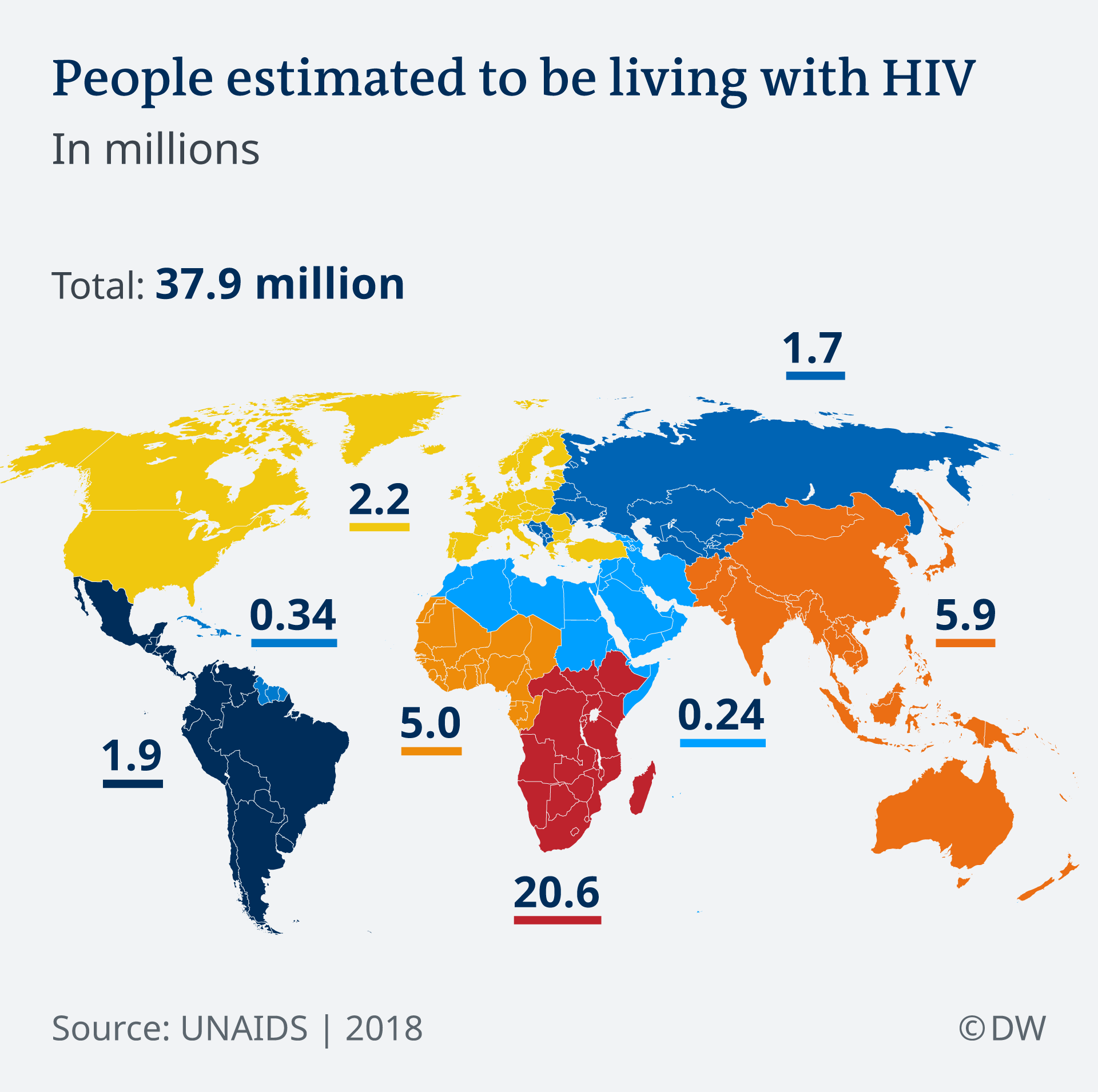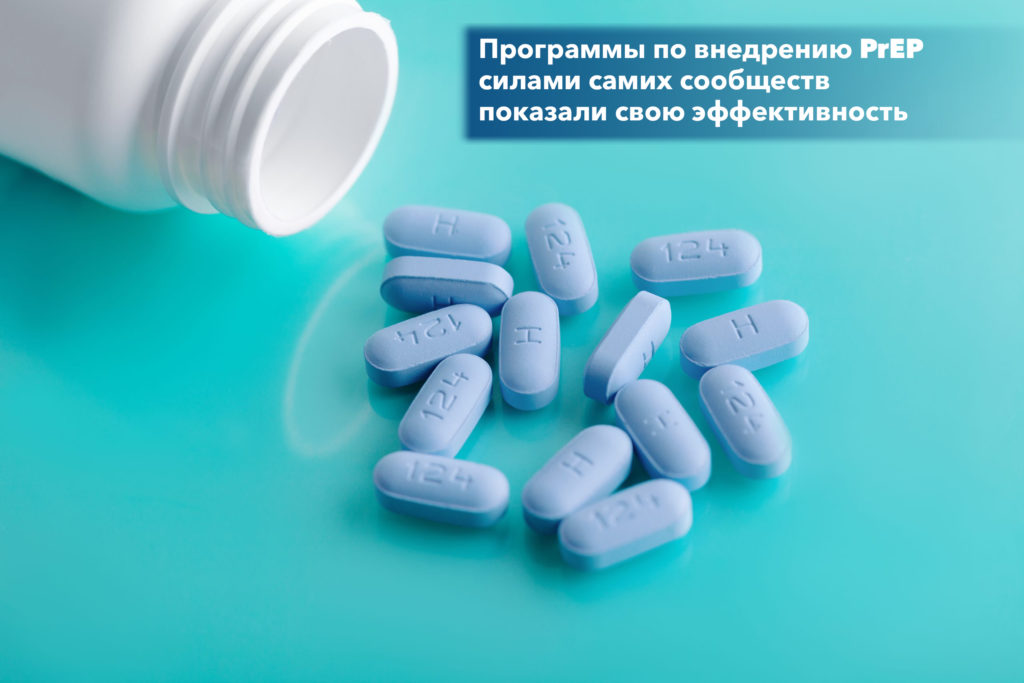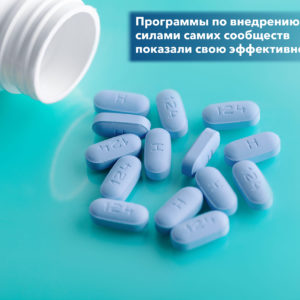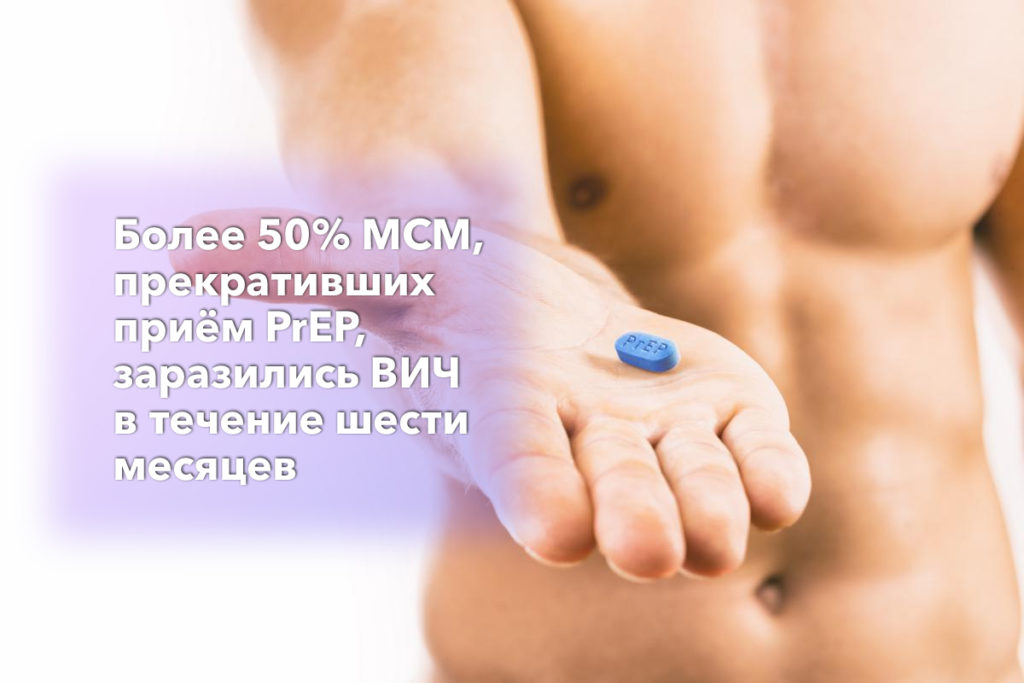As of September 1, 2019, people in Germany aged 16 and over who have a high risk of HIV are entitled to the prophylaxis PrEP medication.
1) How it works
Many people living with HIV aren’t aware that they have it. This leaves some onus for prevention on those who are HIV-negative.
By taking PrEP (Pre-Exposure Prophylaxis) people at-risk can prevent contraction of the disease. Similar to the birth control pill, PrEP is a pill that needs to be taken everyday.
The human immunodeficiency virus (HIV) infects cells in the immune system, impairing or destroying their function.
2) It’s effective
Also like birth control pills, PrEP’s effectiveness is dependent on the user’s adherence to taking it. PrEP is nearly 100% effective for individuals who take it as directed. Women, especially, must take PrEP every day for it to be effective in preventing HIV.
A recent study found that if just a quarter of men who are having same-sex intercourse and at high risk for HIV (i.e. not using condoms) used PrEP, 30% of new infections could be avoided and accoring to researchers at San Francisco State University sexual transmission of HIV could be reduced by 96% if PrEP was widely used.

3) It’s under-used
A lack of awareness, healthcare funding, and understanding, along with high costs and social stigma all present barriers to adoption of the drug around the world. Studies have also found that some healthcare providers’ biases towards patients create a barrier to them prescribing the drug.
4) It’s safe
PrEP has been shown to be as safe as aspirin, with equally low rates of serious side effects to the painkiller.
One study in South Africa in 2017 also looked into use of PrEP by sexually active teens and found it to be safe.
5) It doesn’t protect against other STIs
PrEP users are still at risk of getting other sexually transmitted infections like herpes, chlamydia, gonorrhea, or syphilis if they don’t use condoms.
- Toate
- Ro
- Ru
















